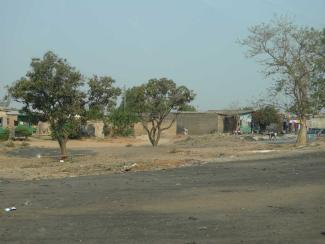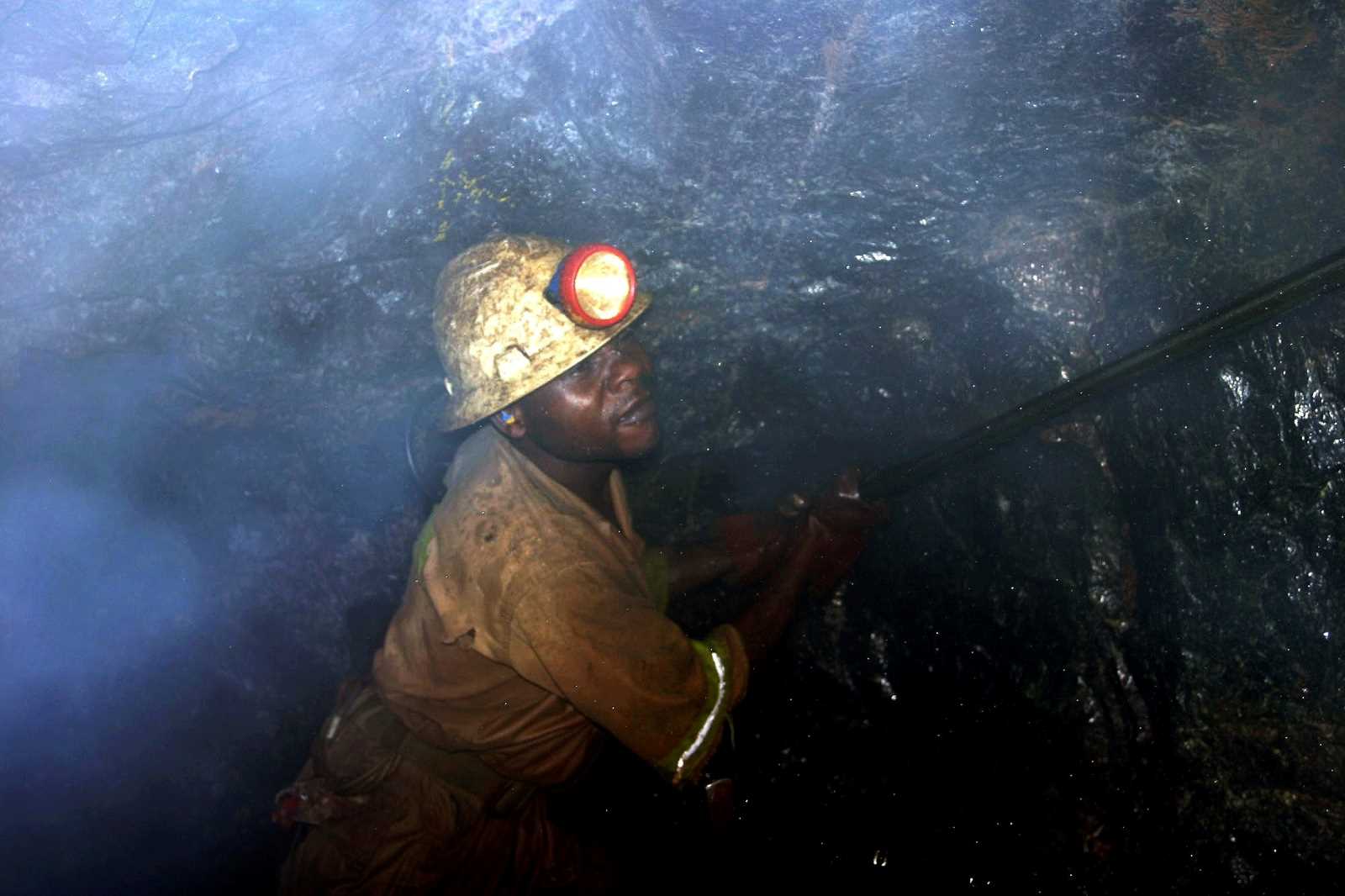Zambia
Copper price determines economic fate

However, due to infrastructure shortcomings, the country relies heavily on a single industry: copper mining. It accounts for around 12 % of gross domestic product (GDP). Fluctuations in the world-market price of copper quickly affect the entire economy. In the past, falling prices frequently plunged the country into crisis.
Zambia has struggled for decades with high levels of national debt moreover. This problem is connected to copper exports. When the copper price collapsed in the 1970s, the country suffered an economic shock. To finance public spending and revitalise the economy, it borrowed from western banks. As a result, the national debt soared from $800 million to $ 3.2 billion.
When the United States raised interest rates in the late 1970s, Zambia found itself in a financial crisis. The dollar exchange rate rose, so servicing debt became much more expensive in the local currency (see André de Mello e Souza on www.dandc.eu).
Back then, the International Monetary Fund (IMF) granted Zambia an emergency loan, but made the financial aid conditional upon structural adjustment programmes. The measures required included freezing public sector salaries, liberalising trade and privatising state-owned companies.
Nevertheless, the national debt continued to grow. As the price of copper fell further, austerity proved a drag on growth, while liberalisation failed to bring the anticipated broad-based upswing. By the end of 2004, Zambia’s external debt had risen to $ 7.4 billion.
In 2005, however, the situation improved thanks to the multilateral Heavily Indebted Poor Countries Initiative (HIPC). Debts totalling $ 6.6 billion were cancelled. Meanwhile, commodity prices rallied on the world market. Zambia enjoyed a number of good years with annual growth rates of seven to nine percent. In 2012, the government started borrowing heavily again to build infrastructure. China was now the biggest creditor.
But from 2015 onwards, growth fell back to an average of three to four percent. It then collapsed altogether in the coronavirus year 2020, with the economy contracting by 2.8 %. In 2021, however, Zambia experienced a moderate economic recovery with 4.6 % growth (see main story).
Peter Mulenga is lecturer in economics at Copperbelt University in Kitwe, Zambia.
peter.mulenga@cbu.ac.zm
Chibvalo Zombe is also lecturer in economics at Copperbelt University.
chibvalo.zombe@cbu.ac.zm
Charles Chinanda is a recent graduate of economics at Copperbelt University.
charliechinanda@gmail.com















